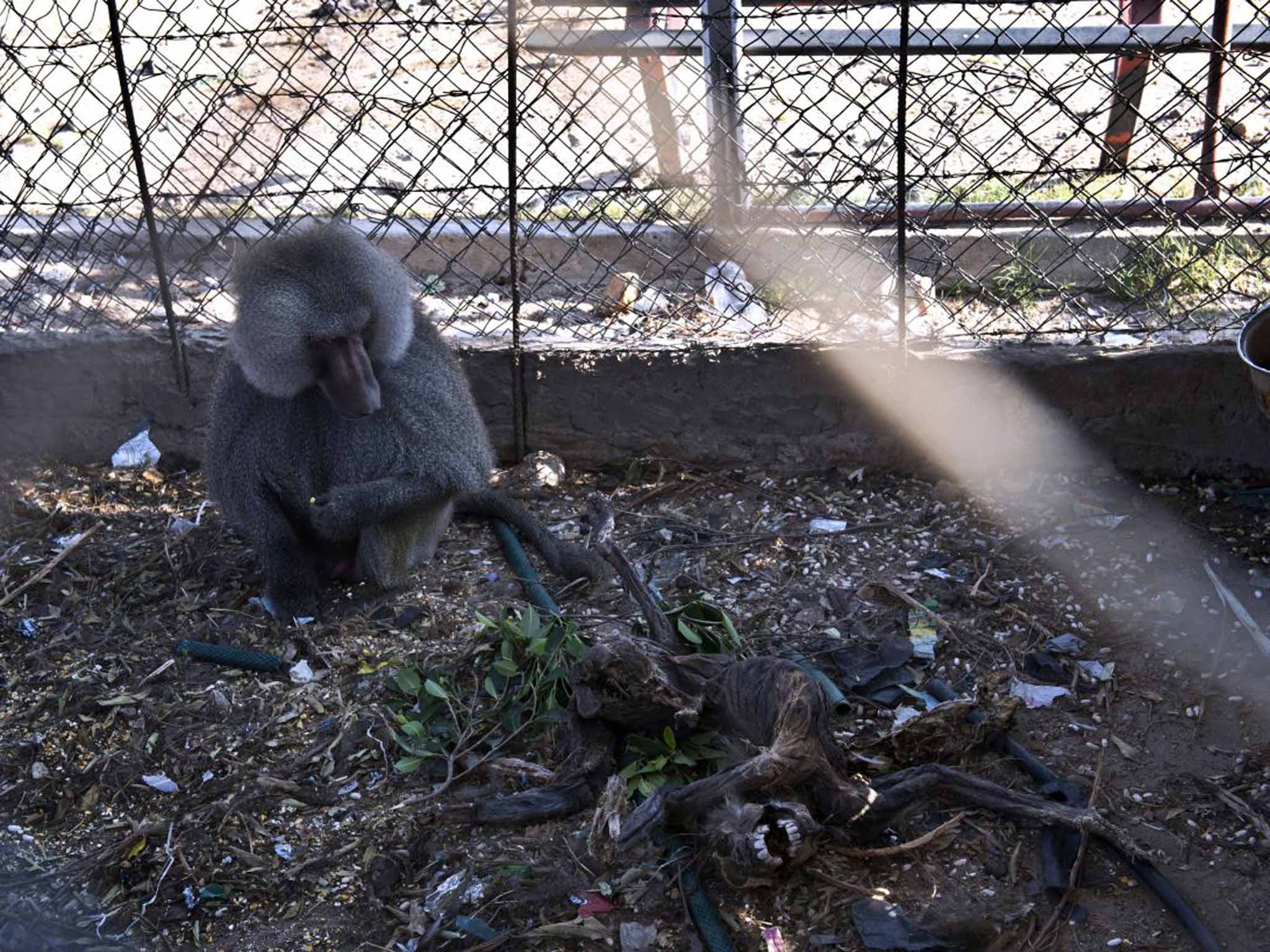Animals in emergency situations: How keepers care for their animals when zoos are struck by disaster
Extreme weather in Tiblisi has wrought havoc on man and beast. But, asks Sophie Morris, while humans can always hope for emergency aid, what plans are made for their zoos?

Your support helps us to tell the story
From reproductive rights to climate change to Big Tech, The Independent is on the ground when the story is developing. Whether it's investigating the financials of Elon Musk's pro-Trump PAC or producing our latest documentary, 'The A Word', which shines a light on the American women fighting for reproductive rights, we know how important it is to parse out the facts from the messaging.
At such a critical moment in US history, we need reporters on the ground. Your donation allows us to keep sending journalists to speak to both sides of the story.
The Independent is trusted by Americans across the entire political spectrum. And unlike many other quality news outlets, we choose not to lock Americans out of our reporting and analysis with paywalls. We believe quality journalism should be available to everyone, paid for by those who can afford it.
Your support makes all the difference.The human cost of the weekend's devastating flash floods in Tbilisi is on a tragic scale. Twelve people died, thousands more find themselves homeless and destitute.
Equally sad is the devastation wrought on the city's zoo. Three of the dead were zoo workers, and the animals, like the city's human inhabitants, saw their homes washed away, leaving rare and very dangerous creatures to roam free along the streets of Tbilisi. Forget the image of docile animals plodding two-by-two to safety, away from rising tides. In this case, while most of the zoo was destroyed in what one eyewitness described as a "hellish whirlpool", eight bears, six lions, six tigers, 20 wolves and the huge hippo all made for the streets as winds and rain threw open their pens.
The European Association of Zoos and Aquaria (EAZA) is sending keepers and veterinarians to Tbilisi to help deal with the crisis, including staff from Prague Zoo, which lost a gorilla, an elephant and a hippopotamus during floods in 2002. In the UK, we have come to consider famine, flood, plague and pestilence as the preserve of other nations. "The UK obviously does not usually experience extreme weather, but all our zoos have contingency planning," explains Dr Kirsten Pullen, the CEO of the British and Irish Association of Zoos and Aquariums (BIAZA).
High winds are the worst threat in the UK and, Pullen explains, electric boundary fences have back-up generators to ensure continuing power in case of an outage.
During the Second World War, London Zoo transferred its larger animals to Whipsnade and used camels, llamas and Shetland ponies to transport goods to save on fuel. The animal adoption scheme that remains popular today was launched, and even though the zoo was bombed several times, no animals were hurt. (A zebra and her foal escaped at one point, but after a brief sashay around Camden Town they were returned to their Regent's Park home.) However, many animals in German cities including Berlin, Munich and Dresden died in bombing raids. The protocol for retrieving escaped zoo animals is fairly standard, says Pullen. As in Tbilisi, the first step is to ensure the safety of people in the vicinity, then the animals may be captured, using tranquillisers "where necessary and appropriate". Firearms are only used where there is an imminent threat to people, and, in this country, zoos with Category One dangerous animals must have a firearms team available at all times.
UK zoos are required to meet the standards of the Wildlife and Countryside Act. These include regular checks to ensure enclosures and perimeter fences are secure, while zoos are legally required to run four escaped-animal drills per year.
When the US invaded Iraq in 2003, one courageous American, Lawrence Anthony, headed straight for Baghdad . He nurtured the zoo's few remaining animals – only 35 out of 650 survived the first stage of the bombing. He even rescued the pet lions and tigers kept by Saddam Hussein's family.
Most animals in emergency situations do not meet happy endings. Reports from Syria suggested that a lion from Damascus zoo was killed and eaten by starving rebels in 2013.
Images of a Gaza Strip zoo emerged earlier this year, showing starved, mummified animals. The owner said the Israeli-Palestine conflict had made it impossible for his staff to access and feed the animals. The same occurred in Ukraine's Kiev zoo last year.
PETA points out that, while the international zoological community might be rushing to Tbilisi's aid, killing animals is standard practice for zoos. "Remember Marius the giraffe?" asks campaign co-ordinator Kirsty Henderson. "A Danish zoo killed him just because he was no longer a baby and attractive to visitors."
Join our commenting forum
Join thought-provoking conversations, follow other Independent readers and see their replies
Comments